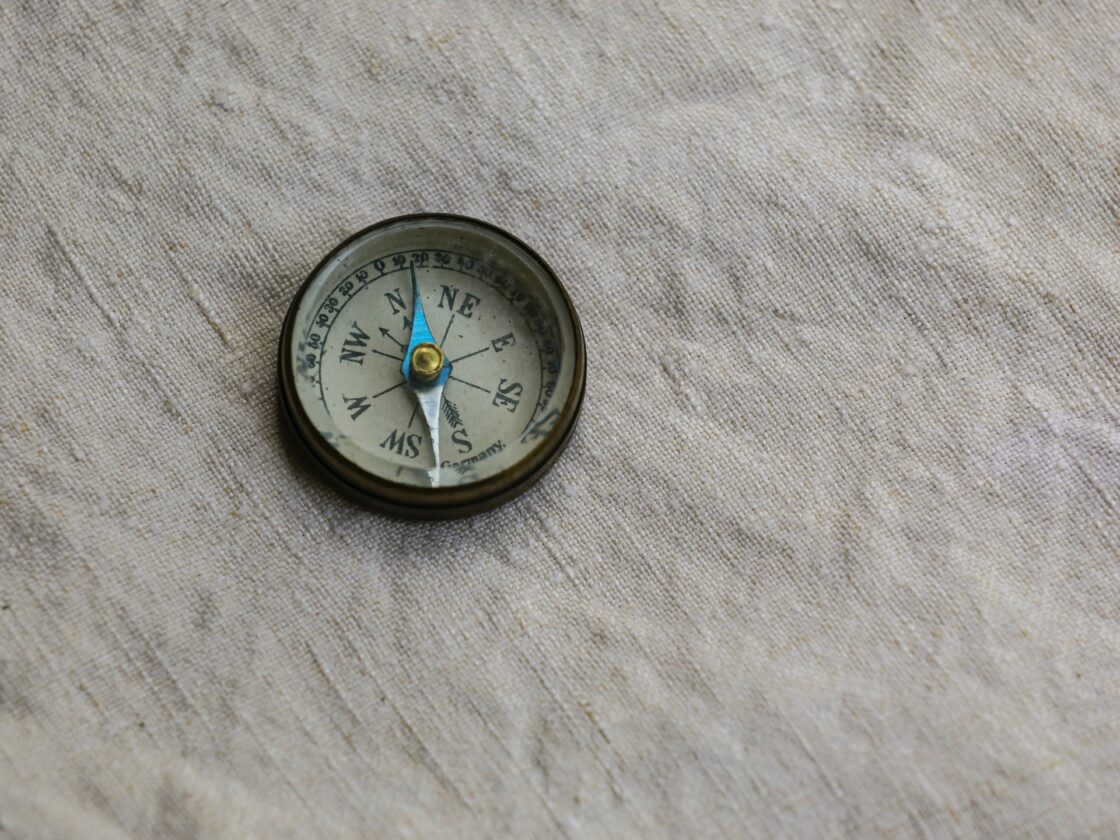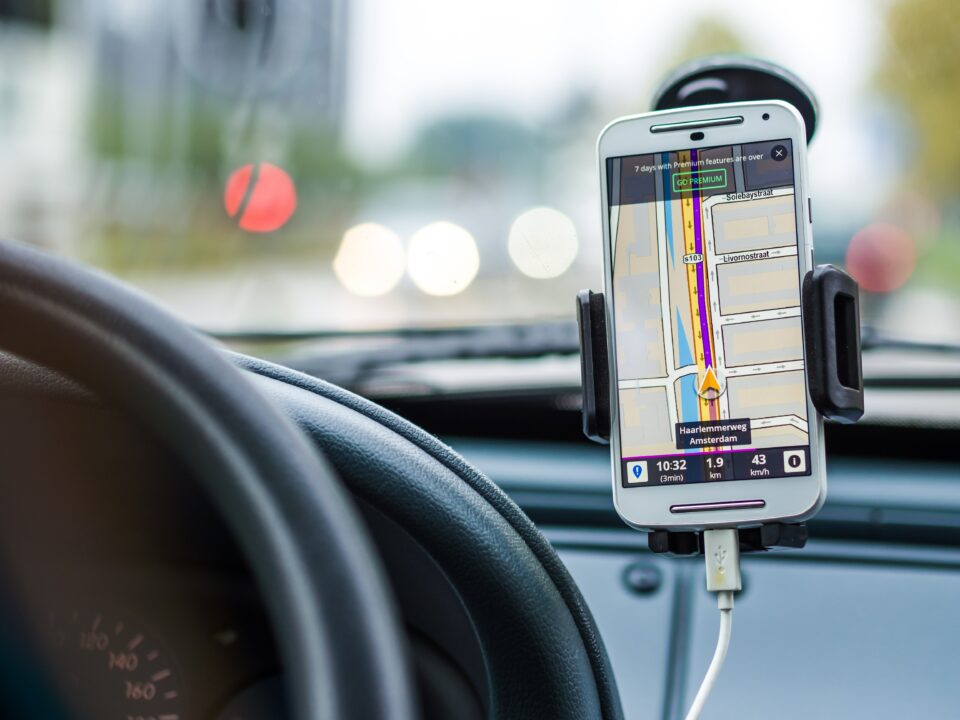When traveling, there are two main ways to get around: using a map or using navigation items. Both have their pros and cons, and it can be challenging to decide which is the best option for you. In this article, we will discuss the pros and cons of each option to make an informed decision about which is right for you.
Using The Map
Pros
The first advantage to using a map is that it will be easier to navigate. You can see where you are going and how far away from your destination or point of interest, which may help keep you on track if there are any unexpected detours along the way.
They also provide more information about places than just their location; for example, an area’s history might be included in some cases as well! Finally, maps allow travelers who do not speak English fluently (or at all) to find their way around without asking someone else for directions each time they get lost – this last pro makes them especially useful abroad when traveling internationally on business trips with colleagues who only speak one language.
Cons
Maps have several disadvantages too, though, such as being bulky and difficult to fold up, making them not as convenient to carry around with you. In addition, they can be outdated – for example; a map might show an area that is no longer there due to construction or changes in the landscape.
Finally, if you are not familiar with how to read a map (or even just your part of the world), it can be very easy to become lost while using one, which can lead to wasted time and even dangerous situations.
Using Navigation Items

Pros
One big advantage of using navigation items such as GPS devices along with a GPS receiver or apps on your smartphone is that they are always updated with the latest information. This means that road closures, detours, and other changes will all be taken into account so you can get where you’re going much more quickly and easily.
You also don’t have to know how to read a map, which makes these devices great for anyone who has trouble following directions or maps in general! Finally, they are small enough to carry around easily without taking up too much space from your bag when traveling on business trips abroad (or anywhere else).
Cons
One disadvantage of using navigation items is that some road closures may not show up yet if construction was just starting today but not scheduled for completion until next week. This means drivers could still plan routes based on outdated information because there’s no way of knowing what will happen tomorrow.
Another con is the cost associated with buying these products – while GPS units used to be very expensive, they’ve become much more affordable over time thanks to advances in technology. However, smartphones aren’t cheap either, and many of us don’t want an extra monthly bill so that we can get turn-by-turn directions!
In conclusion, there are pros and cons to both using a map and using navigation items when traveling. Ultimately, it depends on your personal preference as to what will work best for you.
